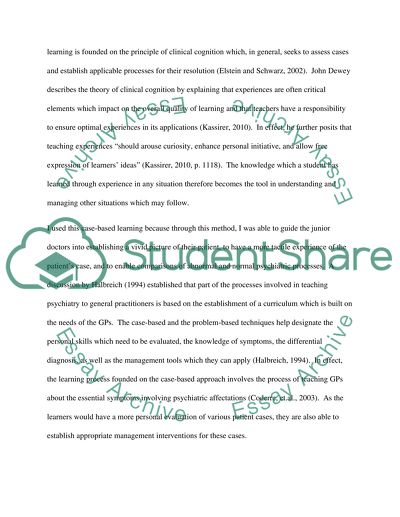Cite this document
(“Personal Philosophy of Teaching Essay Example | Topics and Well Written Essays - 2000 words”, n.d.)
Retrieved from https://studentshare.org/education/1457916-personal-philosophy-of-teaching
Retrieved from https://studentshare.org/education/1457916-personal-philosophy-of-teaching
(Personal Philosophy of Teaching Essay Example | Topics and Well Written Essays - 2000 Words)
https://studentshare.org/education/1457916-personal-philosophy-of-teaching.
https://studentshare.org/education/1457916-personal-philosophy-of-teaching.
“Personal Philosophy of Teaching Essay Example | Topics and Well Written Essays - 2000 Words”, n.d. https://studentshare.org/education/1457916-personal-philosophy-of-teaching.


